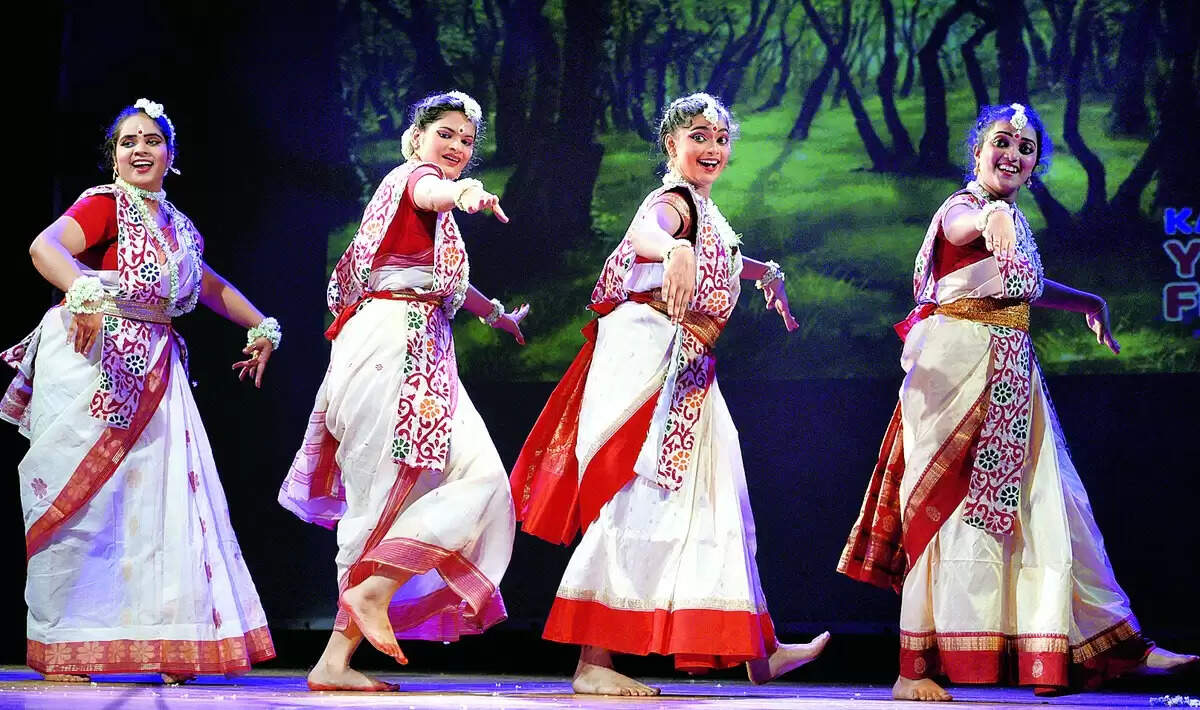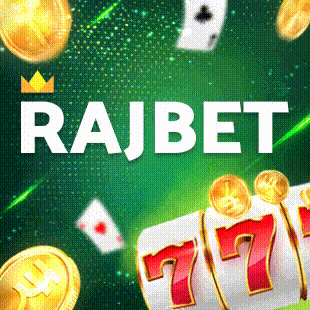Top 8 Folk Dances Of West Bengal

West Bengal, a culturally rich state in eastern India, is renowned for its vibrant traditions and diverse folk art forms. The region's folk dances are an integral part of its cultural heritage, representing the unique essence and social fabric of the state. These age-old dances combine rhythmic movements, colorful costumes, and soulful music, showcasing the creativity and artistic prowess of the local communities. In this article, we will explore the top 8 folk dances of West Bengal that continue to captivate audiences with their grace and charm.

- Baul:
The Baul dance form originates from the mystical Baul community of Bengal. It reflects the spiritual beliefs and philosophy of these wandering minstrels who search for the divine through music and dance. The Baul dancers express their innermost emotions through ecstatic movements and soulful songs. Accompanied by instruments like the ektara and duggi, the Baul dance mesmerizes audiences with its simplicity and profound messages of love and unity.
- Gambhira:
Gambhira, a folk dance from the Malda and Murshidabad regions, is a lively and energetic performance that celebrates the joyous moments of life. Dancers, usually male, don colorful attire and vivid masks depicting various characters. With rhythmic footwork and spirited music, Gambhira narrates stories from mythology, folklore, and everyday life, leaving spectators enthralled.
- Tusu Dance:
Tusu is a harvest dance performed mainly by women during the harvest festival of Makar Sankranti. Celebrated in the rural areas of West Bengal, this dance is an ode to the goddess Tusu, who is believed to bring prosperity and well-being. The dancers form circles, gracefully swaying to the beats of traditional musical instruments, singing songs that praise the beauty of nature and agricultural abundance.
- Santhali Dance:
The Santhal tribe, one of the largest indigenous communities in West Bengal, is famous for its vibrant and rhythmic Santhali dance. Performed during festivals and social gatherings, this dance is an expression of joy and togetherness. Dressed in traditional attire adorned with bright colors and tribal ornaments, the Santhali dancers showcase their unique culture through synchronized steps and energetic movements.
- Chhau Dance:
Chhau is a traditional dance form originating from the Purulia district of West Bengal. The dance, with its distinct martial arts-like movements and elaborate masks, narrates stories from Hindu epics and folklore. Chhau is an intriguing blend of dance, drama, and acrobatics, with performers expertly executing intricate patterns and agile leaps.
- Jhumur Dance:
Jhumur is a popular folk dance prevalent among the tea garden communities of North Bengal. Depicting the serene beauty of the tea gardens and the simple joys of life, Jhumur dancers create a mesmerizing rhythm by clapping their hands and beating small sticks. The dance forms an integral part of social gatherings and festivals, bringing communities together in harmony.
- Raibenshe:
Raibenshe is a traditional dance form originating from the Nadia district of West Bengal. Historically associated with the martial art of self-defense, the dance showcases bold and vigorous movements. Dancers, dressed in vibrant costumes, emulate the actions of warriors, depicting bravery, valor, and the spirit of chivalry.
- Natua Dance:
The Natua dance form originates from the tribal communities of West Bengal and is known for its captivating acrobatic movements. Accompanied by rhythmic drumbeats, the Natua performers display breathtaking stunts, demonstrating their physical prowess and artistic finesse. The dance often incorporates elements of nature and wildlife, celebrating the coexistence of humans with their environment.
Conclusion:
The folk dances of West Bengal are a testament to the rich cultural heritage and traditional values of the region. Preserved and passed down through generations, these dances provide a glimpse into the lives, beliefs, and aspirations of the various communities that call West Bengal their home. As these dances continue to thrive, they play a crucial role in fostering a sense of unity and pride among the people of this diverse and captivating state.



